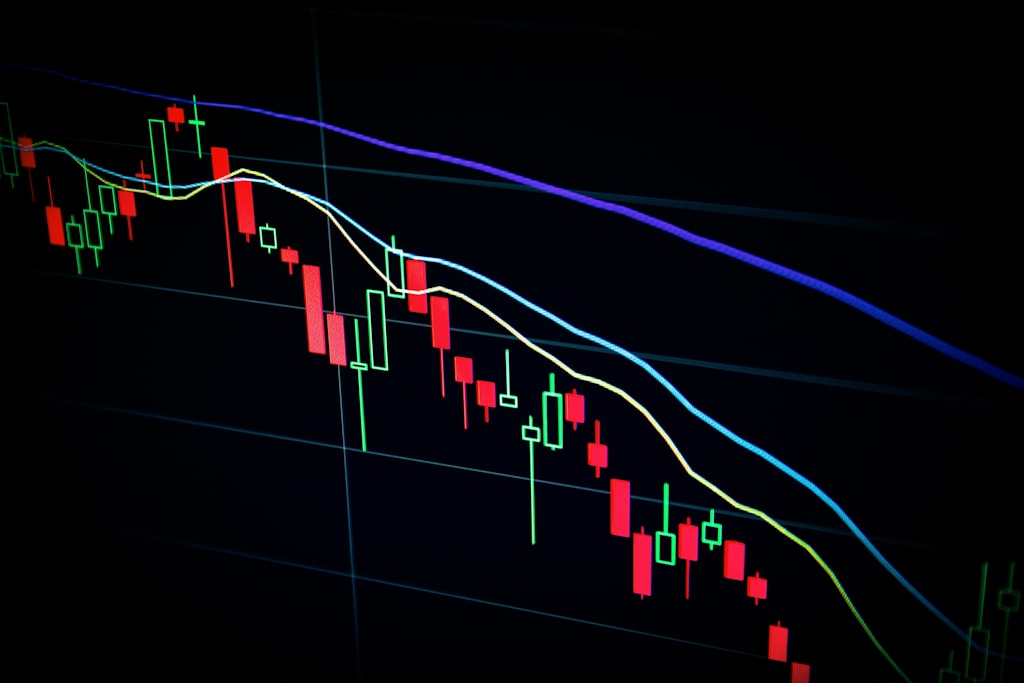Bitcoin ETFs have achieved a remarkable milestone, marking their longest consecutive inflow streak with a substantial $433 million surge, primarily driven by BlackRock’s IBIT fund. This development comes as institutional investors continue to dominate the 2025 crypto market, showcasing growing confidence in regulated crypto investment vehicles.
Record-Breaking Bitcoin ETF Inflows
The latest data reveals an unprecedented 10-day winning streak for Bitcoin ETFs, with BlackRock’s IBIT emerging as the clear leader in institutional adoption. This sustained inflow pattern signals strong institutional confidence in Bitcoin’s long-term value proposition, particularly as US demand for Bitcoin continues to strengthen.
Ethereum ETFs Join the Rally
Complementing Bitcoin’s success, Ethereum ETFs have maintained their own impressive streak, recording eight consecutive days of positive inflows totaling $84.89 million across four funds. This parallel growth in Ethereum investment products suggests broadening institutional interest in diverse crypto assets.
SPONSORED
Trade Bitcoin and Ethereum with up to 100x leverage on perpetual contracts
Market Impact Analysis
The combined inflows of nearly $520 million across Bitcoin and Ethereum ETFs represent a significant milestone for crypto market maturation. This sustained institutional interest could potentially support higher price levels, as suggested by analysts tracking institutional flow patterns.
FAQ Section
What is driving the current Bitcoin ETF inflow streak?
The inflow streak is primarily driven by institutional investors seeking regulated exposure to Bitcoin through BlackRock’s IBIT fund, reflecting growing confidence in crypto as an asset class.
How does this affect Bitcoin’s price outlook?
Sustained institutional inflows typically provide strong price support and could contribute to reduced volatility in the broader crypto market.
What does this mean for retail investors?
The strong institutional adoption through ETFs creates a more stable market environment for retail investors while potentially reducing entry barriers to crypto investment.






